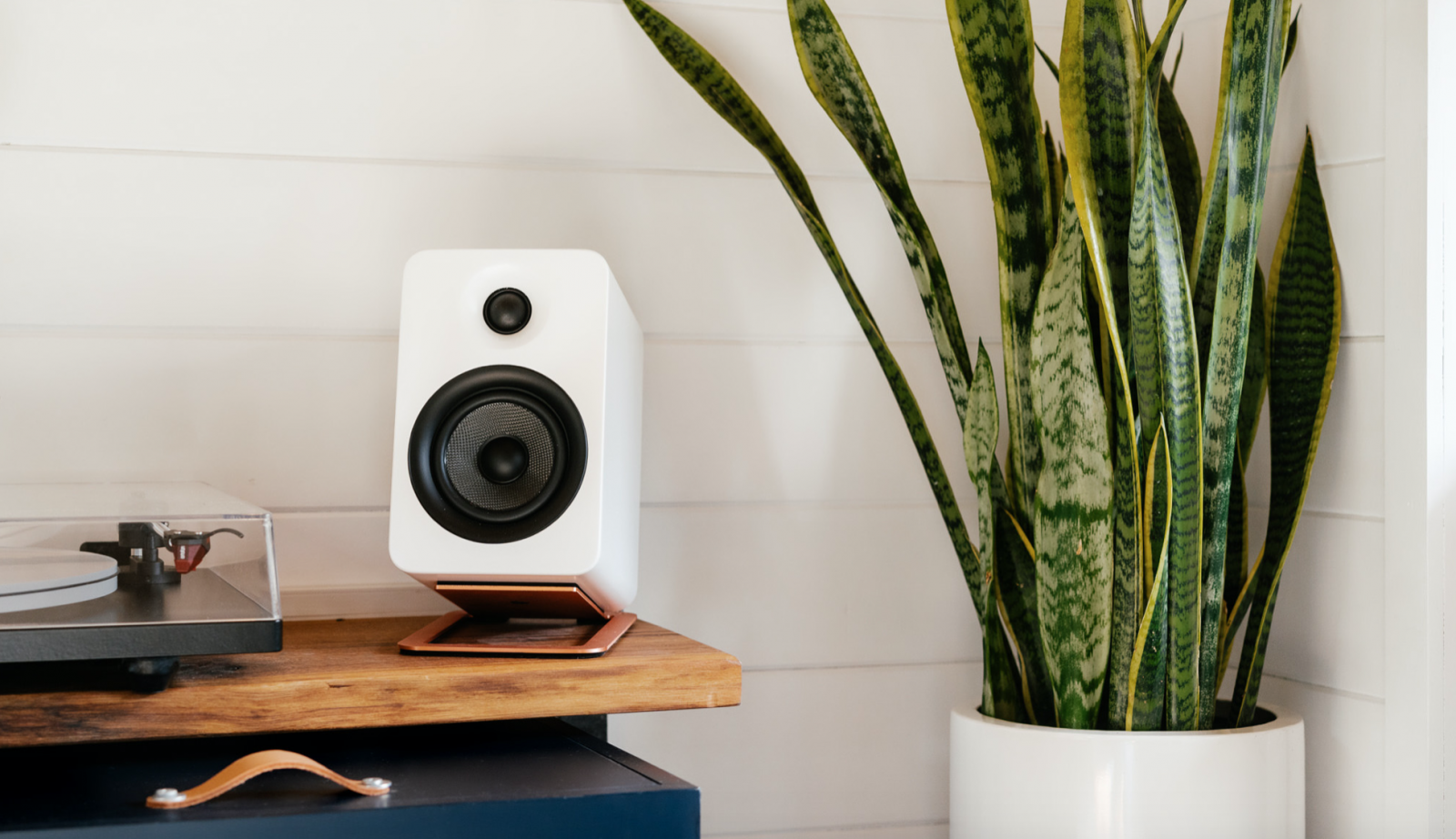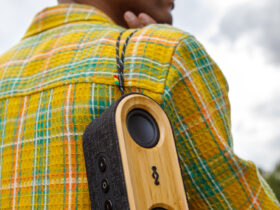I wasn’t a happy camper. My infinitely better half and I had decided it was time to move from the three-storey five-bedroom home where she had raised five children to something smaller. We wanted something more manageable, and we wanted to free up capital for our retirement. My sunset years officially began four-and-a-half years ago, and my missus crossed that threshold two summers ago (“girl, you’ll be a geezer soon”).
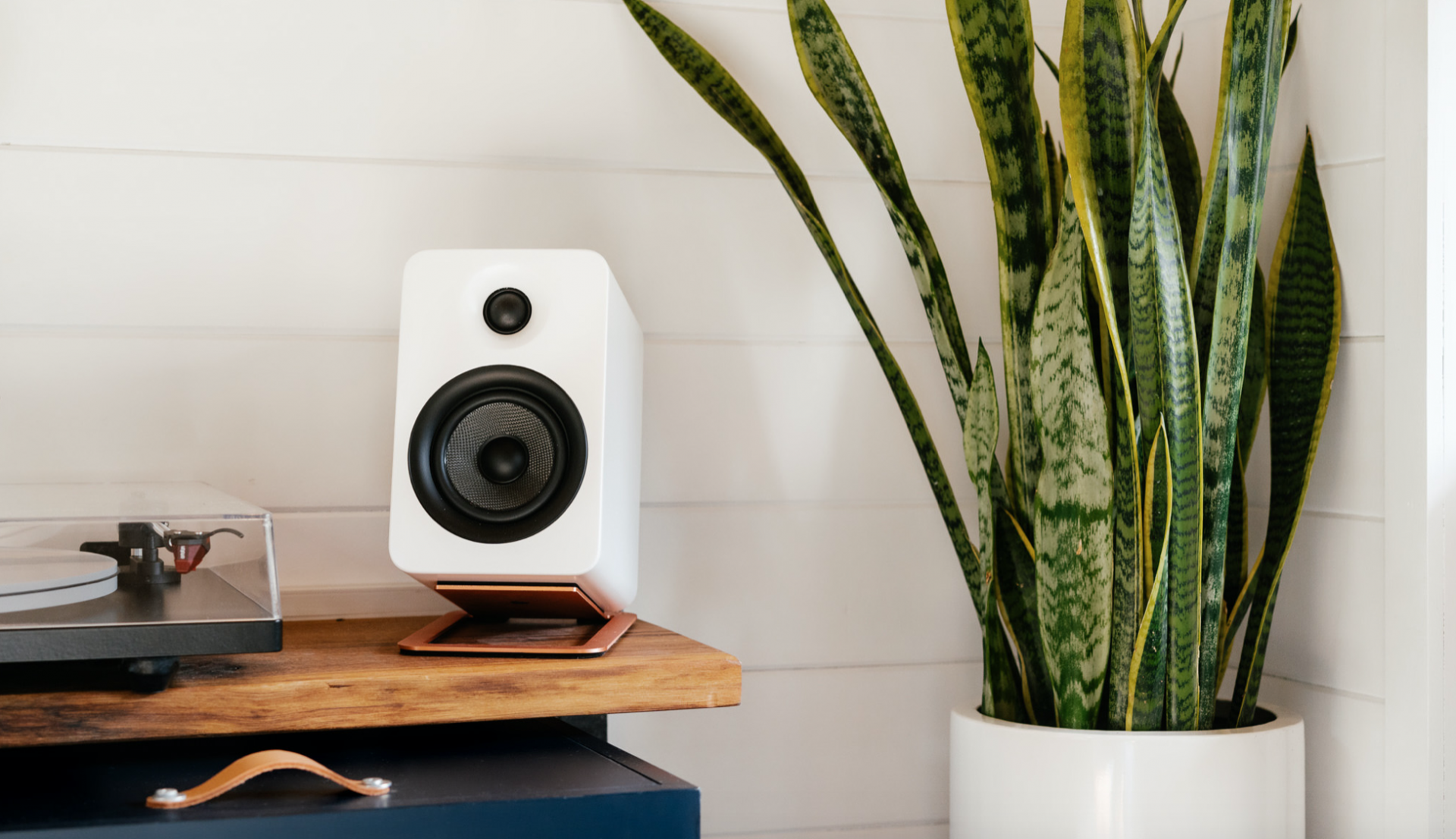
So a couple of years ago we jumped into the frenzied Toronto real estate market. It took seven months, but we finally found something perfect. Well, almost perfect. Our new home is a funky Edwardian three-bedroom rowhouse in west Toronto’s Roncesvalles neighbourhood, which we both love, and only eight blocks away from our old place. In the back of the main floor is a self-contained space for my wife’s psychotherapy practice, and upstairs a sunlit south-facing room for her art studio. The middle bedroom on the second floor serves as a home office for yours truly.
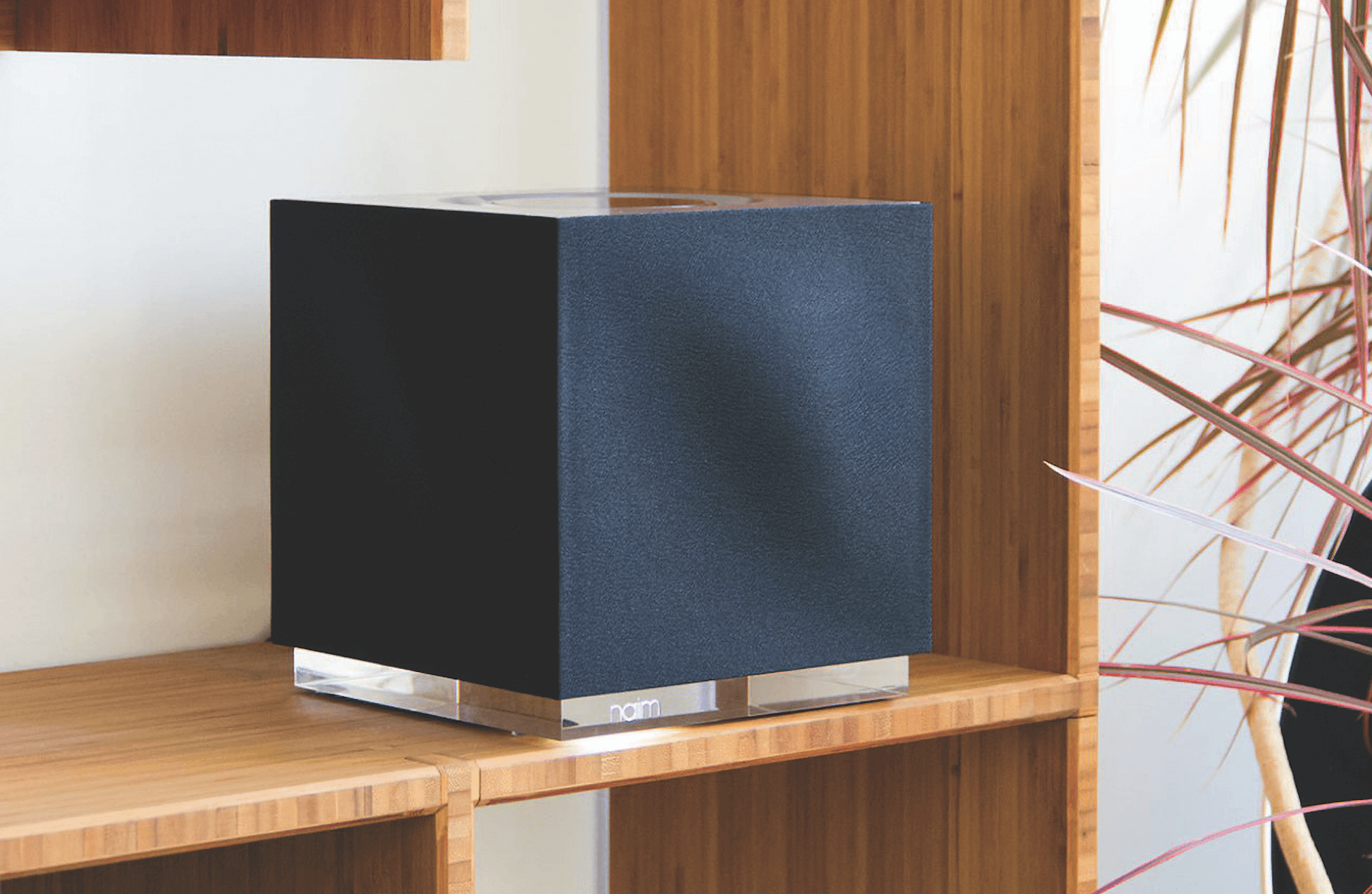
It’s a functional, comfortable space; and after a reno that seemed to go on forever, really stylish too. Despite being less than half the size of our old home, there’s room for everything that’s important to us.
Except my hi-fi. Over the past few years, I’d assembled what seemed like an ideal retirement system. Installed in the third-floor mancave in our old home, it brought a smile to my face and a tap to my toes every time I turned it on. Most of the components are made in Canada by companies I know and respect. These include a Moon by Simaudio Neo 340i integrated amp/DAC, Totem Signature One speakers and Torus TOT Max power conditioner. Most of my listening is digital, from a Mac mini running the Audirvana music app. Over the past couple of years, I’ve been getting back into vinyl. To complete the Canadian connection, I was planning to add Oracle’s new Origin turn- table to my system.
The new house threw a spanner into these plans. My home office is too small for hi-fi (but there’s a sprawling armchair that’s great for headphone listening). The music system would have to go in the main-floor living room, which could accommodate the Totem stand-mounters, but not the associated components. It’s a public, general-use room; and typical for this type of dwelling, it’s on the small side. So forget about cluttering it up with amp, turntable, power conditioner and cabling. If I wanted good hi-fi in our new home, I’d have to come at it from a different angle.

I had planned to buy the Totem Signature Ones, which I enthusiastically reviewed 2017; instead the review samples went back to Totem. I sold the Moon amplifier I had owned for three years, and also my Pro-Ject 2XPerience SB ’table. As I packed up these treasured items, hot, bitter tears welled up in my eyes. Fortunately, this story has a happy ending, as you’ll read later on.
If you think my wife and I are part of a large contingent of boomers downsizing from family-size to couple-size homes, you’re half-right. We’re part of a large group, but that doesn’t mean we constitute the majority.
A generation ago, a common pattern was for geezers to sell the family home after the kids had flown the nest, and move into a retirement village or condo, then stay there as long as they could live independently. “Now it’s no longer ‘one size fits all,’” observes David Cravit, Vice President of Zoomer Media Ltd. “There’s an incredible amount of diversity.”
Fifteen per cent of people 65 and older are still working. “That number is going up every year,” Cravit says. “We’re seeing a trend to hybrid retirement, where people continue to work either part-time, full-time or reduced hours. Ten percent of people 65 and older have an office at home. People have to keep working longer because they’re going to live a lot longer and need to fund their retirement.”
Some retirees are cashing out on their homes and moving to locations that promote themselves as retirement havens, such as Windsor, ON or Prince Edward County east of Toronto, or dream locations such as Salt Spring Island in BC.
But many boomers are staying in the family home for longer. Thirty per cent of adult millennials still live at home, Cravit notes, which makes it difficult for their parents to sell and move.
Others are staying in their homes, but renovating them to suit a new stage in life. “Especially if they have no mortgage, a significant number of people are converting rooms to a man cave or crafts room,” Cravit says. “Every year, two to three per cent of people 65 and older spend $5,000 or more on home renovation.”
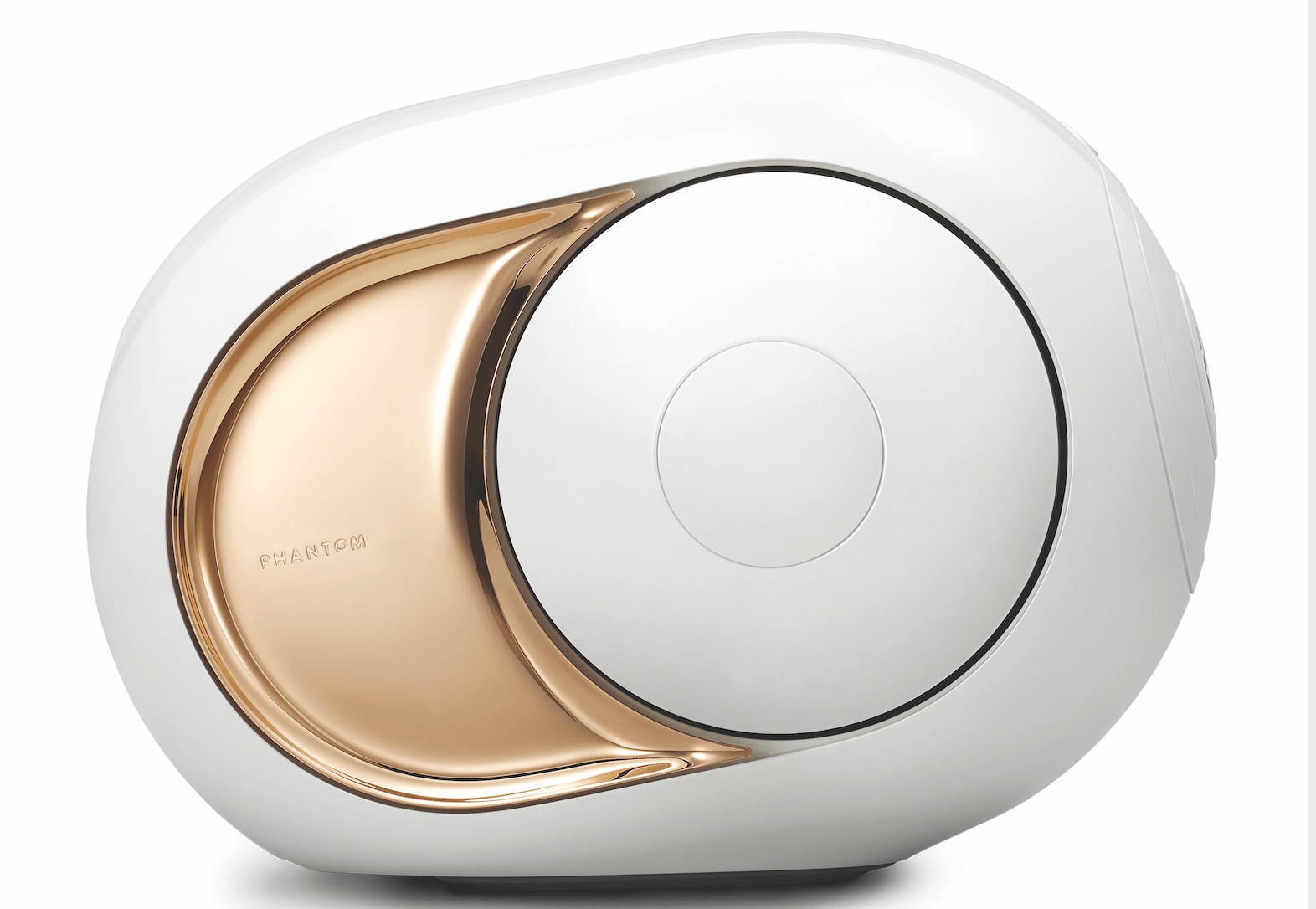
A trend that Cravit expects to grow is multi-generational homes, with separate spaces for parents and the family of a grown child. In the early stages of retirement, boomer parents can help look after their grandchildren. As they age, their children can assume the role of caregiver.
In short, there’s no dominant living arrangement among retiring boomers. On the contrary, “There’s tremendous fragmentation and a multiplicity of solutions,” Cravit says. But if downsizing is just one solution among many, boomers exercising this option still constitute a significant market. “There are now six million Canadians 65 and older,” Cravit elaborates. “This is a very large cohort.”
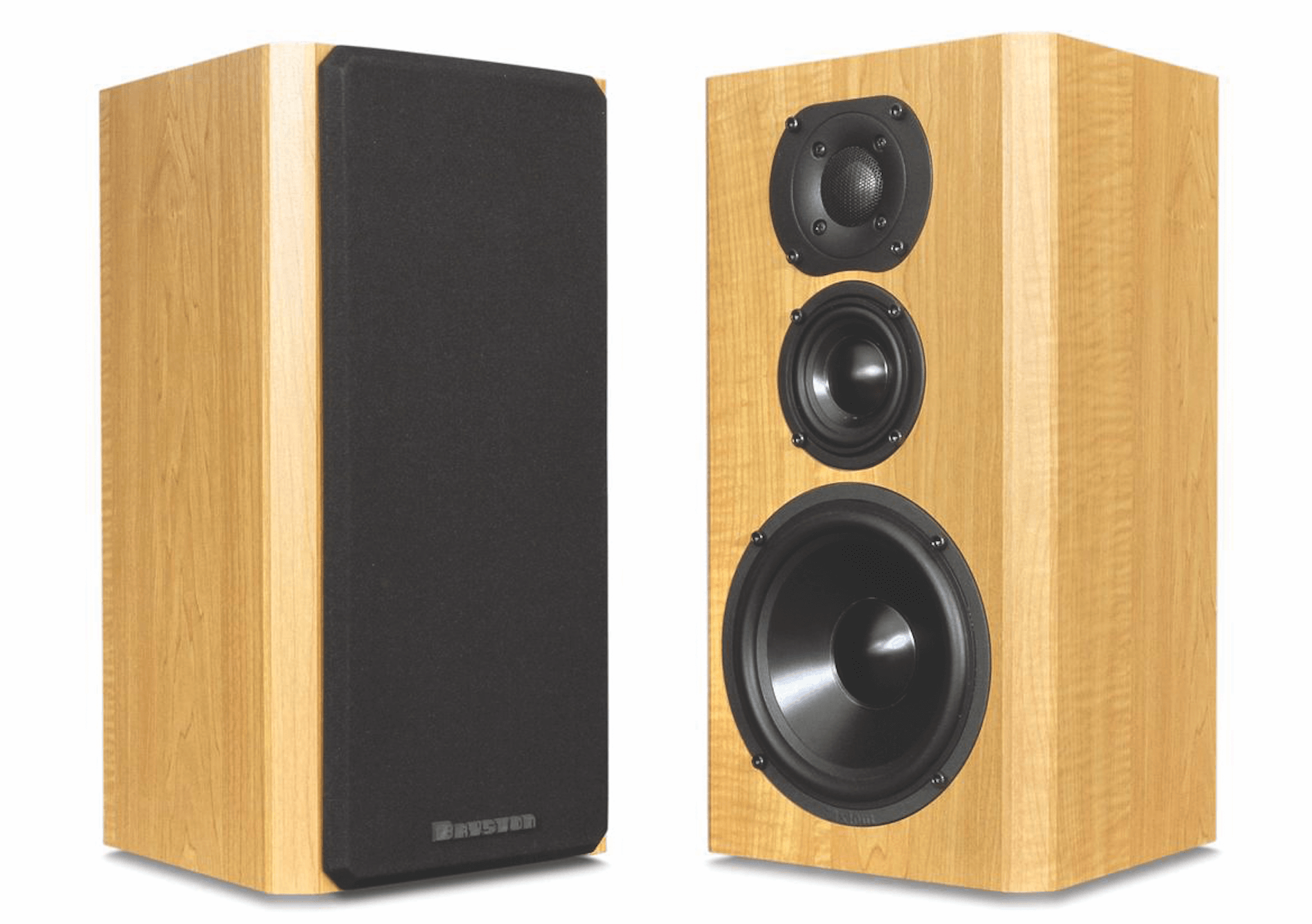
Something they share in common is an interest in technology, he adds, especially technology that will help them live independently for longer.
So the living arrangement that my now geezer wife and I have adopted is just one of many options. But for hi-fi hobbyists, and the businesses that serve them, it’s a challenging one.
Think about it. Repurposing a room to serve as a man-cave music room or home theatre? People have been doing that for years. Staying put because your kids are having trouble getting launched (which is very tough in these Covid days). Even if you update your components, the overall layout of your system will probably remain the same. But what if you’re moving to a smaller home, where the hi-fi has to fit comfortably into a smaller, general-purpose room? Potentially, that poses a whole bunch of challenges.
Aesthetics: Plainly, if the music system is going to be in a public area, it has to look good. This means minimizing component clutter, choosing components that fit the room décor, and placing them so that they don’t interfere with other uses of the room. And smaller multi-purpose rooms often lack space for packaged media like LPs and CDs, so network playback may be the preferred option.
Acoustics: Especially in smaller rooms, the speakers may have to be placed closer to corners and the rear wall than is ideal. This can compromise imaging (especially portrayal of depth) and, more seriously, cause boomy, one-note bass because of the way nearby room boundaries reinforce low frequencies. This can be especially problematic with rear-ported speakers.
In multi-purpose rooms, speaker placement is just one of many considerations, so speakers may end up in locations where room nodes are exacerbated, leading to uneven bass response. Also, decorating choices will affect sound quality. An abundance of hard surfaces like glass and hardwood will make the sound overly reverberant, while an abundance of soft materials like carpeting and upholstery will deaden the sound.
Simplicity: If the system is in a public space, rather than an inner sanctum rarely visited by the uninitiated, everyone who wants to listen to music should be able to use the system, not just the household’s high priest of audio. That may be easy enough with a component-based system where discs (either LPs or CDs) are the main music source, but not necessarily with network streaming or file-based playback.
A growing range of products address those challenges. That’s not surprising, because it’s not just downsizing boomers who are moving their music systems. As it turns out, I’m part of another trend, this one not related to age.
“That dedicated listening room is now becoming a multi-purpose room,” says Rich Zidel, Owner of the Montreal-based rep firm Zidel Marketing. “The media room doesn’t have to be in a dark, drab basement. The all-purpose room is evolving. Now instead of a basic Bluetooth speaker, there’s a slow movement to real hi-fi. People are letting us guide them again.”
In addition to product selection, that guidance includes room treatment: adding carpets and plants if there are too many hard surfaces, and if that’s not sufficient, paintable diffusion panels. “That can turn a living area into a listening room that looks neat and sounds great,” Zidel says.
Many small rooms can accommodate a traditional source-amp-speaker system, but with limitations on speaker placement. Fortunately, there are products that can work within these constraints. Totem Acoustic, for example, offers several speakers that can be placed as close as six inches to the rear wall. These include models like the Sky Monitor, Sky Tower and Tribe Tower. Add a streaming integrated amplifier, and you have a compact system that will work beautifully in many small living areas.
But that’s not possible in some spaces, like the living room in our Toronto rowhouse. What’s needed is some kind of integrated solution, probably with wireless networking.
The baseline (and dominant market leader) for this kind of system is Sonos; and for most people, a system like this will do wonderfully. For listeners who want a wireless multi-room system with support for high-res formats, there are many options, such as Bluesound or a premium DTS PlayFi system.
U.K.-based Naim Audio offers two gorgeous network music systems: the 450-watt six-driver Mu-so and 300-watt five-driver Mu-so Qb.). Both models, which have garnered great reviews, allow streaming via AirPlay, Bluetooth and UPnP, and have Spotify Connect and TIDAL support. Up to five Naim streaming products can be linked into a multi-room system and operated from a smart device running the Naim Control app. Black grilles are standard; and optional orange, blue and red grilles let users tailor cosmetics to their décor.
As satisfying as these integrated systems can be, for serious sit-down listening, they can’t match a system with physically separate left and right speakers. For rooms that won’t accommodate a traditional component system, there is a growing number of networked powered speakers that can be configured as left-right pairs.
A truly most mind-blowing product of this type is the Phantom series from France-based Devialet. The Phantom (1,200 watts peak, 101db maximum SPL), Phantom Silver (3,000W, 105dB) and Phantom Gold (4,500W, 108dB) are all triamplified models with dual side-firing 6.5” aluminum woofers. On the front is a 5” aluminum midrange and concentrically mounted 1” dome tweeter (aluminum on the Phantom and Phantom Silver, titanium on the Gold). The white capsule-shaped enclosure adds a striking touch of modernity to any décor. Canadian retail ranges from $5,050 per pair for the Phantom to $8,000 per pair for the Phantom Gold. Devialet’s Dialog wireless hub supports multi-room applications. You can stream from TIDAL, Spotify, Apple Music and other services, from Apple devices via AirPlay, and from other devices via Bluetooth.
At the opposite end of this category are Kanto Living’s YU4 and YU6 powered speakers, both of which provide excellent performance for their asking price ($389 and $499 per pair, respectively). Both have switchable line-level/phono input, optical input and Bluetooth connectivity. However, they require a run of speaker cable from the left speaker (which serves as the master) to the right speaker (the slave), which may be intrusive in some rooms. And any wired component has to be connected to the left speaker, which may not be ideal in some situations. Kanto also has a step-up model called the TUK. Totem Acoustic offers the Kin Play ($1,250 per pair), two-way powered speakers with 5″ natural-fibre hybrid woofer and 1″ metal dome tweeter powered by a 120-watt-per-channel amplifier in the left enclosure, and the smaller Kin Play Mini ($850 per pair) with 4″ woofer and 70-wpc amp. Both models have built-in phono stages, optical and analog inputs, and Bluetooth connectivity.
For around $2,400 per pair, the Bryston Mini A Wireless system includes a Wi-Fi module that has optical, analog and USB inputs. It’s not a fully active system. Like the Mini A, the Mini A Wireless employs a conventional passive crossover to distribute sound to its 6.5” woofer, 3” midrange and 1” tweeter. Power comes from an internal 75W Class D amp.
One of the reasons Bryston developed the Mini A Wireless is “to provide the market with a lifestyle product,” says Vice President James Tanner. Bryston is already offering active speaker systems, but with external active crossovers and amplifiers. “We’ve done exceedingly well with active systems,” Tanner says, “much better than I expected.”
One of the pioneers in networked hi-fi speakers is Dynaudio, which introduced its Xeo range back in 2012. The Danish manufacturer announced a third-generation series in 2018, which includes the two-way Xeo 20 stand-mount speaker and 2.5-way Xeo 30 floor-stander.
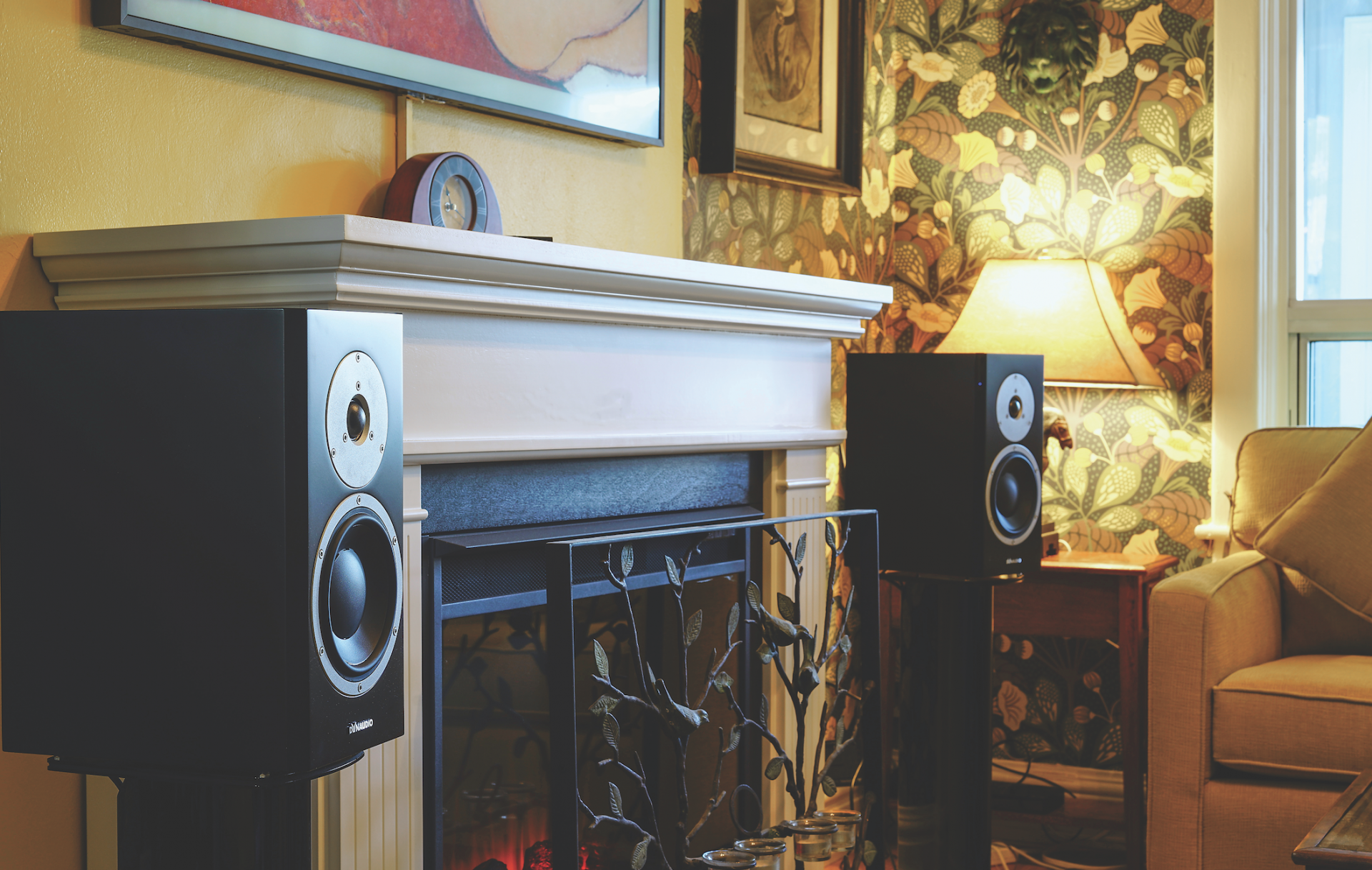
The Xeo 20 and Xeo 30 use the same drivers and enclosure design as the Xeo 4 ($3,100 per pair) and Xeo 6 speakers ($5,500 per pair) they replace; but have a more advanced crossover design, more powerful amplifiers (65W per driver), updatable firmware, and enhanced connectivity. The Xeo 20 and 30 now sport built-in optical and line-level analog inputs. And they allow high-res streaming to 24/96 from the optional Connect module ($800); the previous versions were limited to 16/48. Wireless trans- mission from the master to the slave speaker is 24/96 rather than 16/48.
The Connect module is what makes the system so flexible. It has mini-USB, line-level analog, coaxial and optical inputs, as well as Bluetooth and Wi-Fi connectivity. It accepts high-res audio to 24/192. You can transmit a high-res stream (to 24/96) to multiple speakers, or three different CD-resolution streams on three separate channels.
The Connect can also be used with Dynaudio’s higher-end Focus XD series: the Focus 20 XD two-way shelf-mount speaker ($9,500 per pair), Focus 30 XD 2.5-way floor-stander ($15,000 per pair) and Focus 60 XD three-way four-driver floor-stander ($18,000 per pair). Like the Xeo series, the Focus XD series are fully active. But they have more advanced drivers and more powerful amplifiers: 150 watts for each driver.
“We’re just starting to see some take-up on Focus XD,” Zidel says, noting that price has been a barrier. “We’re getting a lot more acceptance on Xeo. Dealers are just starting to get their heads around the fact that wireless doesn’t mean low-fi. “The customer buying Xeo tends to be some- one who is getting off their training wheels,” he continues, “someone who started with a Bluetooth speaker, or a Sonos or HEOS system, and now wants to push the envelope.”
HAPPY ENDING
For the small living room in our Edwardian rowhouse, I ended up choosing a system built around Dynaudio’s Focus 200 XD stand-mounted speaker. It’s the predecessor of the Focus 20 XD. But following a firmware update that upgrades the crossover and DSP functions, the only differences between the current and previous models are cosmetic. Functionally and sonically, they’re the same.
The two speakers form an equilateral triangle with the sweet spot on the sectional sofa, so the layout is perfect for stereo listening. The speakers are closer to the rear wall than is ideal, but the Focus XD has built-in DSP that lets you reduce bass output to compensate for speaker position, and this works very well in my application.
Above the fireplace is Samsung’s Frame TV. The right speaker is just a metre from the side table where I’ve placed the Frame’s One Connect box, which houses the TV’s inputs and outputs. So for TV viewing, I’ve routed digital audio from the Samsung One Connect box direct to the right speaker (which connects wirelessly to the left speaker in my setup). This is a major upgrade over the video setup in our previous home. There, the TV was installed in a second-floor den, and audio came from a Pioneer soundbar.
For music, I have a Connect module in my second-floor office, connected via USB to my Mac mini. For playback software, I alternate between Audivana 3.2 and Roon. In the living room, I can select music on my iPad mini, using the remote app for those players. I can play music in my local library, and also from TIDAL.
Occasionally, the remote app refuses to connect with the Mac. The solution usually is to close and restart the app. That’s not a big deal at all for me, but I’d like my wife to use the system too, and any kind of trouble-shooting would be a barrier for her. So this is something I’d like to fix.
There are tradeoffs between the old system and new. Most of the time, I really like the fact that it’s in a public room for everybody to enjoy. But once in a while, I’d like to sit back and play something really loud just for my own enjoyment. That was easier in my man-cave music room.
With an active system like the Focus XD, you can’t mix and match components; and I miss some of the experimentation that’s part of this hobby.
I also miss the Canadian connection of my previous system; but there’s also a national tie-in with the new system. The Danish-made Focus XD speakers sit proudly beneath portraits of two of my wife’s Danish ancestors. (Her paternal grandparents emigrated from Denmark in the early 20th century to farm in Plaster Rock, NB.)
In terms of sound quality, it’s almost a coin flip between the Focus XD system and the Totem-Moon combo I loved so much. The Focus XD system doesn’t quite have the heart-on-the-sleeve emotionality or toe-tapping rhythmic drive of the Totem-Moon combo, though it certainly has those qualities. But in terms of solidity, smoothness and ease of delivery, it beats the Totem-Moon system by a small margin. Bass is truly impressive for a stand-mounter: deep, impactful and snappy. That’s not surprising, given that the 6.5” woofer is powered directly by a 150W amplifier, with no passive crossover components between the amplifier output and the driver.
In short, hi-fi-wise I’m a happy camper again. However, I should be clear on one point: because Dynaudio’s Focus XD system works so well for me doesn’t mean it’s ideal for everyone. But my experience does illustrate how the toolkit available to hi-fi retailers has expanded. This makes it possible to accommodate downsizing geezers like yours truly, as well as hipsters who want to move up to true hi-fi, and music-lovers who want their systems in a multi-purpose room so they can share their passion.
This feature originally appeared in the April 2018 issue of WiFi HiFi. Additional reporting and updates by John Thomson.





